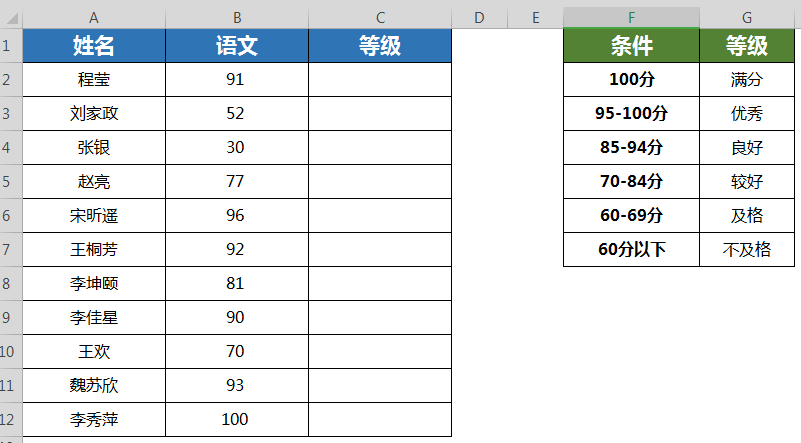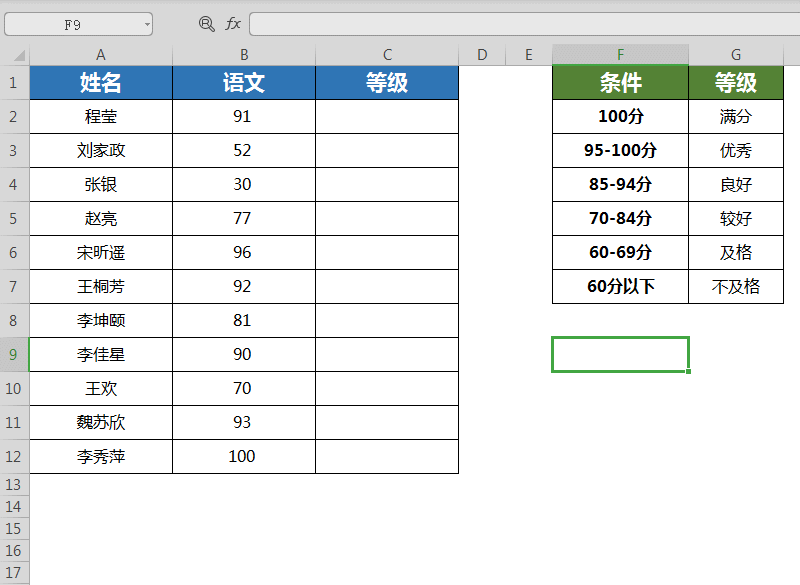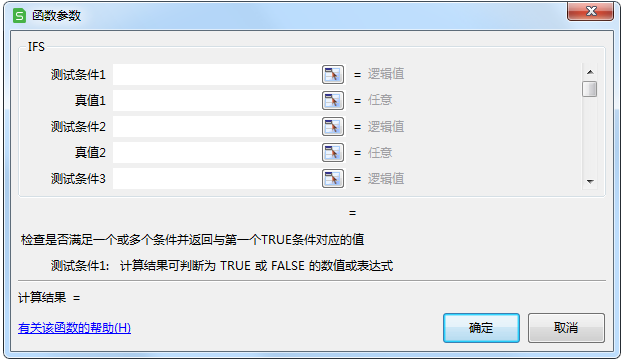- Picture and text skills
- Case
The IFS function checks whether one or more conditions are met and returns the value corresponding to the first TRUE condition. IFS can replace multiple nested IF statements,
And can be read more easily with multiple conditions.
Grammar
IFS(logical_test1, value_if_true1, [logical_test2, value_if_true2], [logical_test3, value_if_true3],…)
logical_test1: (required), a condition that evaluates to TRUE or FALSE.
value_if_true1: (required), returns the result when logical_test1 evaluates to TRUE. Can be empty.
logical_test2…,logical_test127: (optional), conditions that evaluate to TRUE or FALSE.
value_if_true2…, value_if_true127: (optional), the result should be returned when the calculation result of logical_testN is TRUE.
Each value_if_trueN corresponds to a condition logical_testN. Can be empty.
Description
■ The IFS function allows testing of up to 127 different conditions.
■ For example: =IFS(A1=1,1,A1=2,2,A1=3,3)< /span>
If (A1 equals 1, then display 1, if A1 equals 2, display 2, or if A1 equals 3, display 3).
■ It is generally not recommended to use too many conditions for IF or IFS statements, because multiple conditions need to be entered in the correct order, so that building and testing and update meeting
It becomes very difficult
Articles are uploaded by users and are for non-commercial browsing only. Posted by: Lomu, please indicate the source: https://www.daogebangong.com/en/articles/detail/biao-ge-luo-ji-han-shu-ru-he-yong-IFS-han-shu-shi-xian-duo-tiao-jian-pan-duan.html






 支付宝扫一扫
支付宝扫一扫 
评论列表(196条)
测试